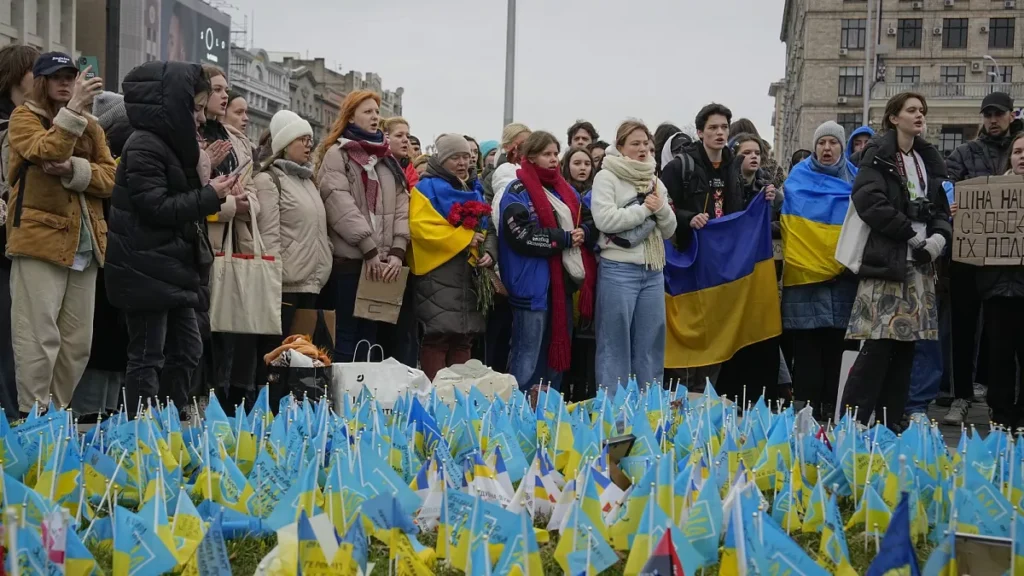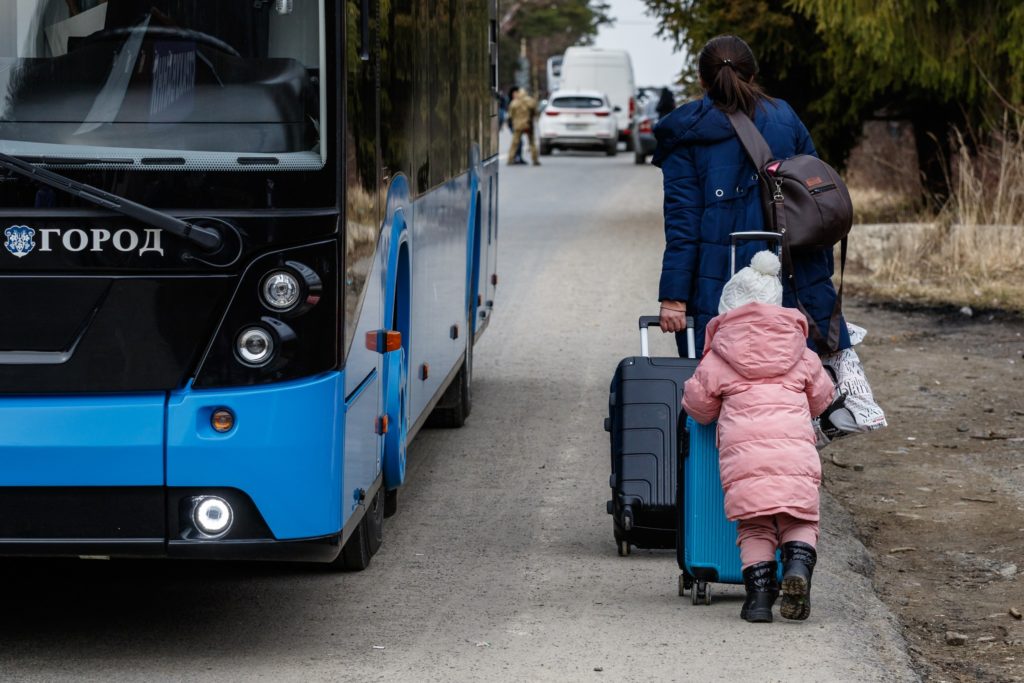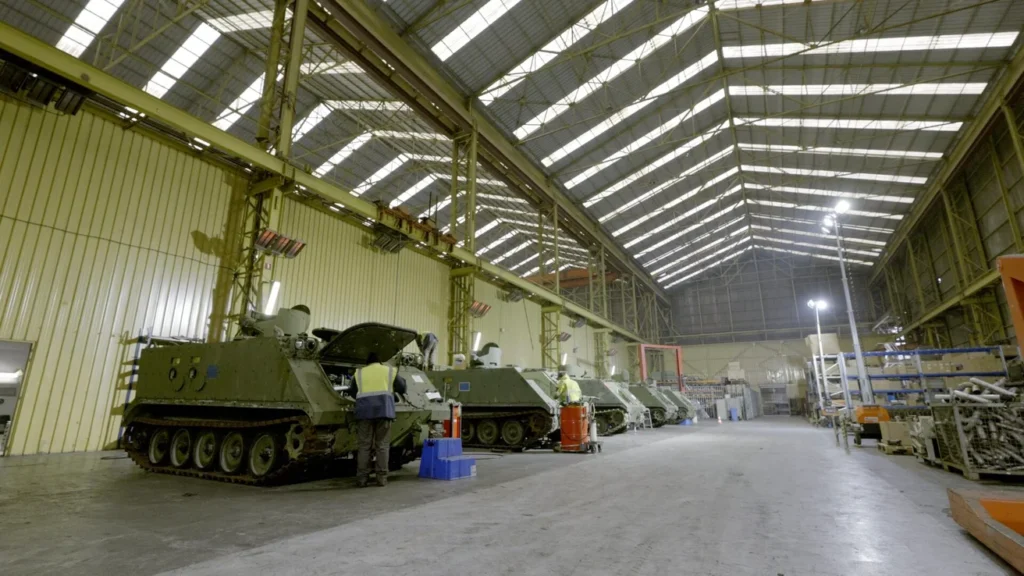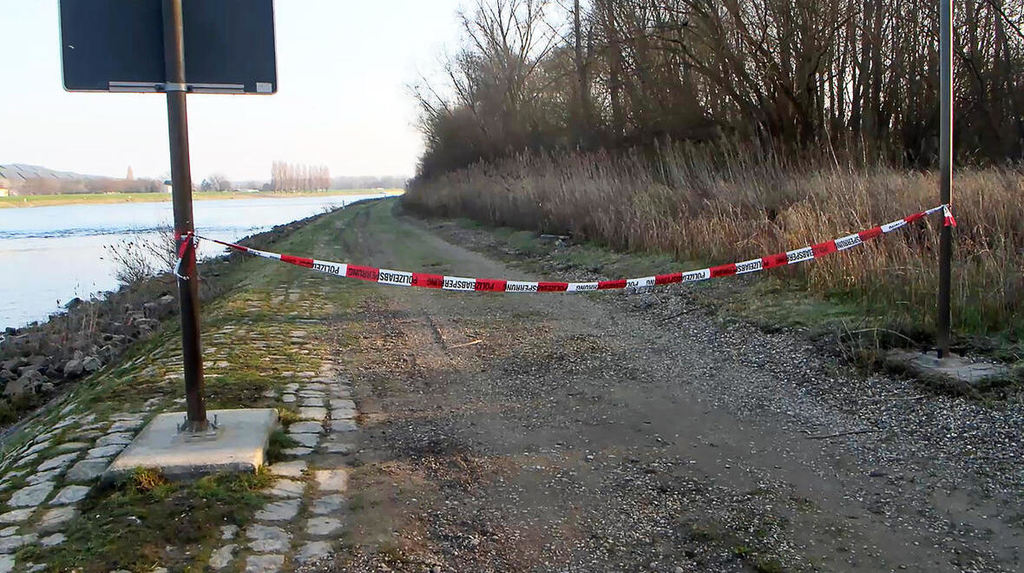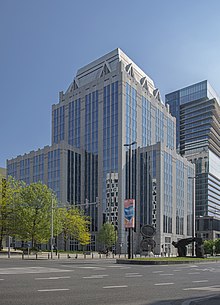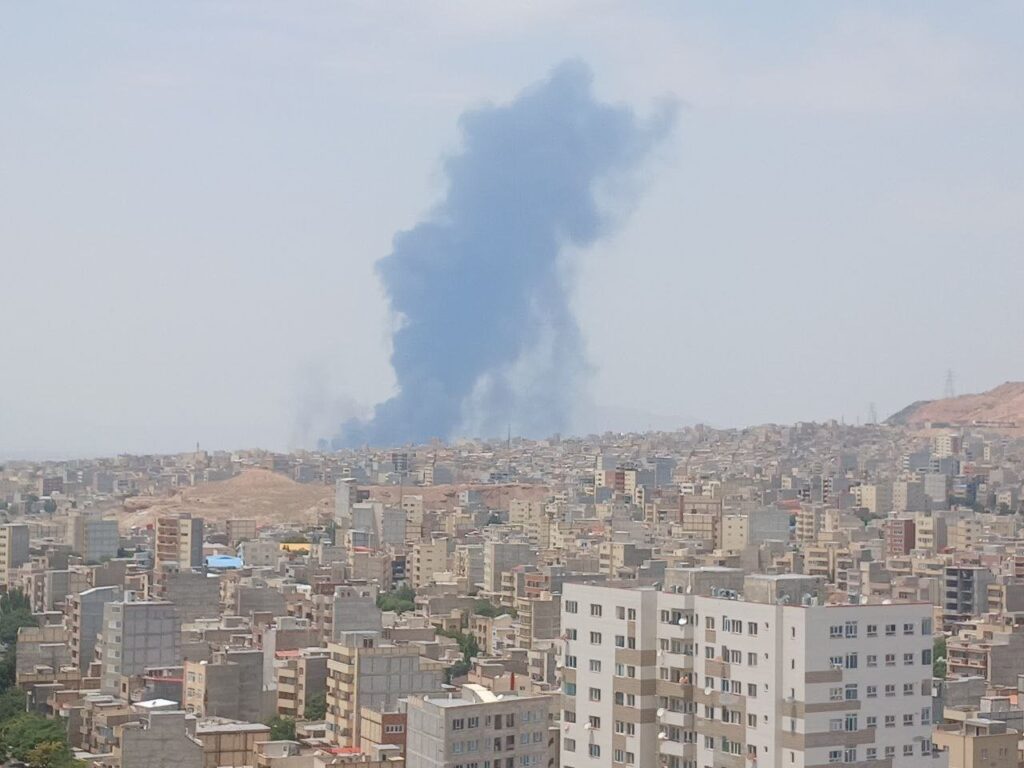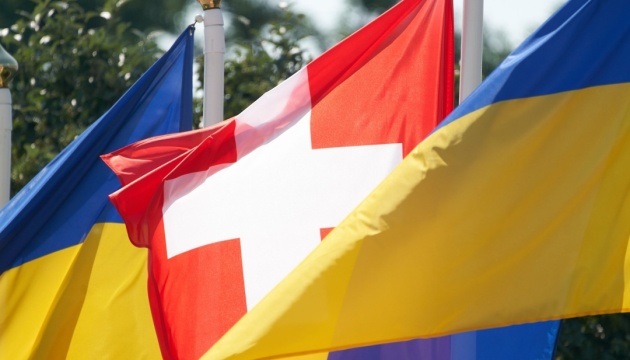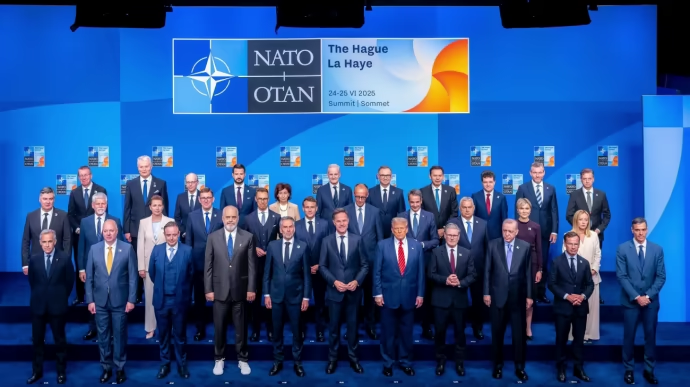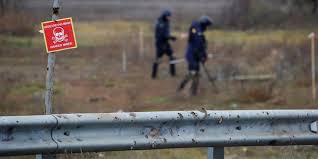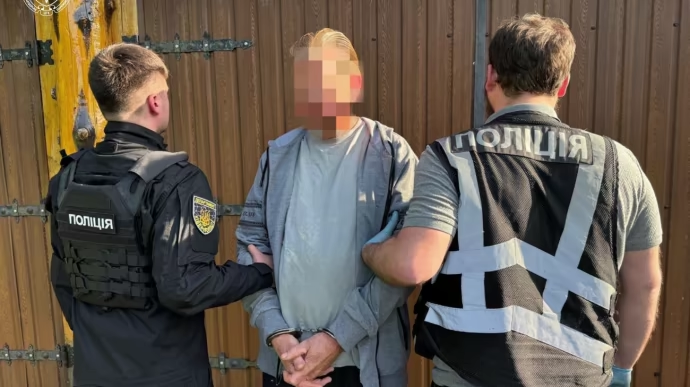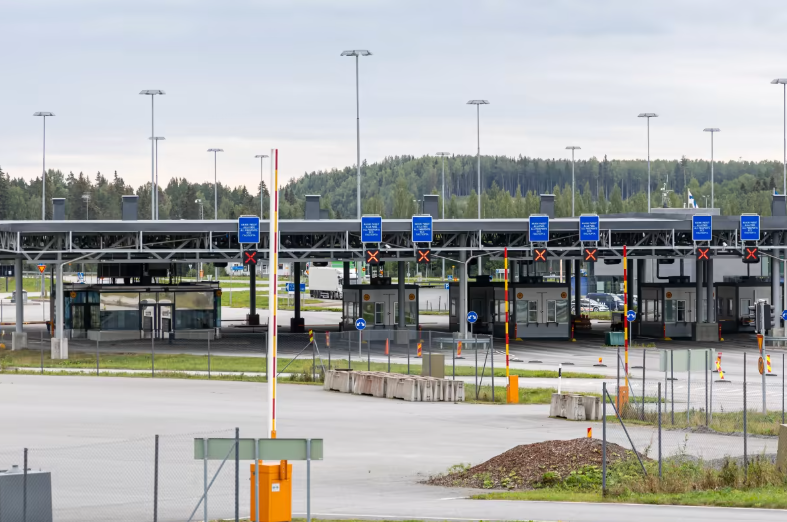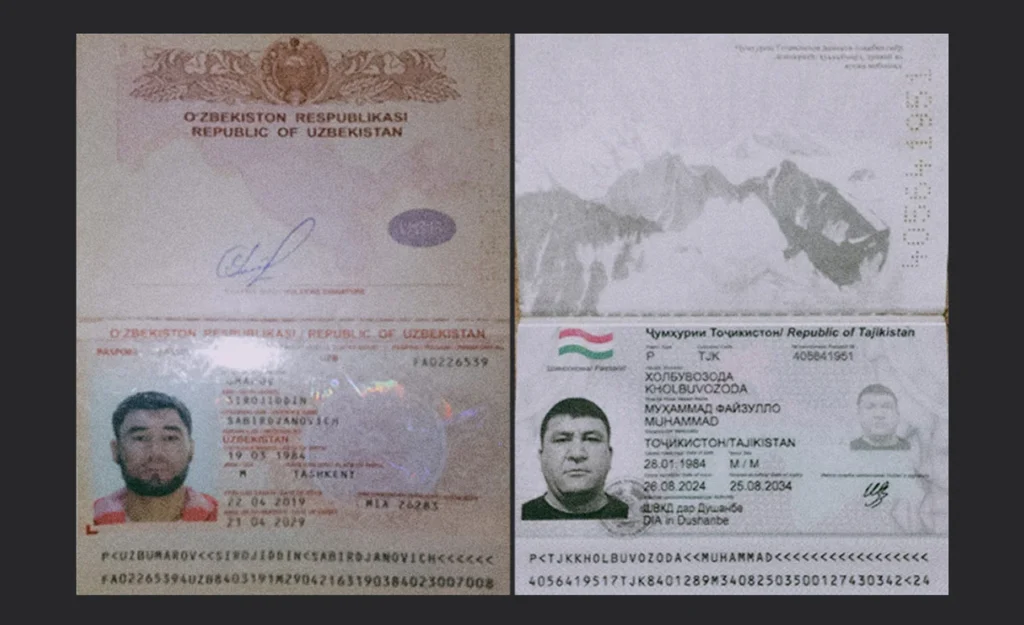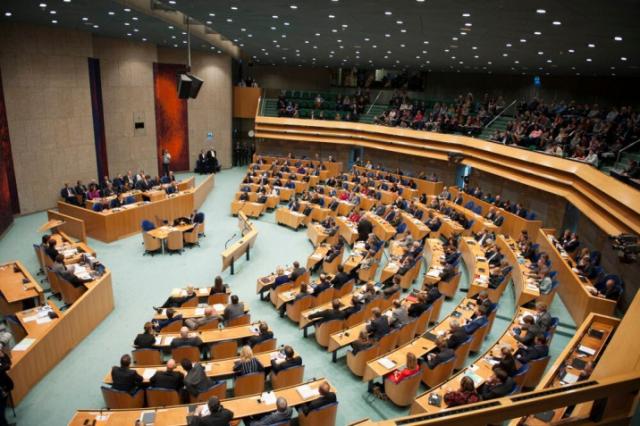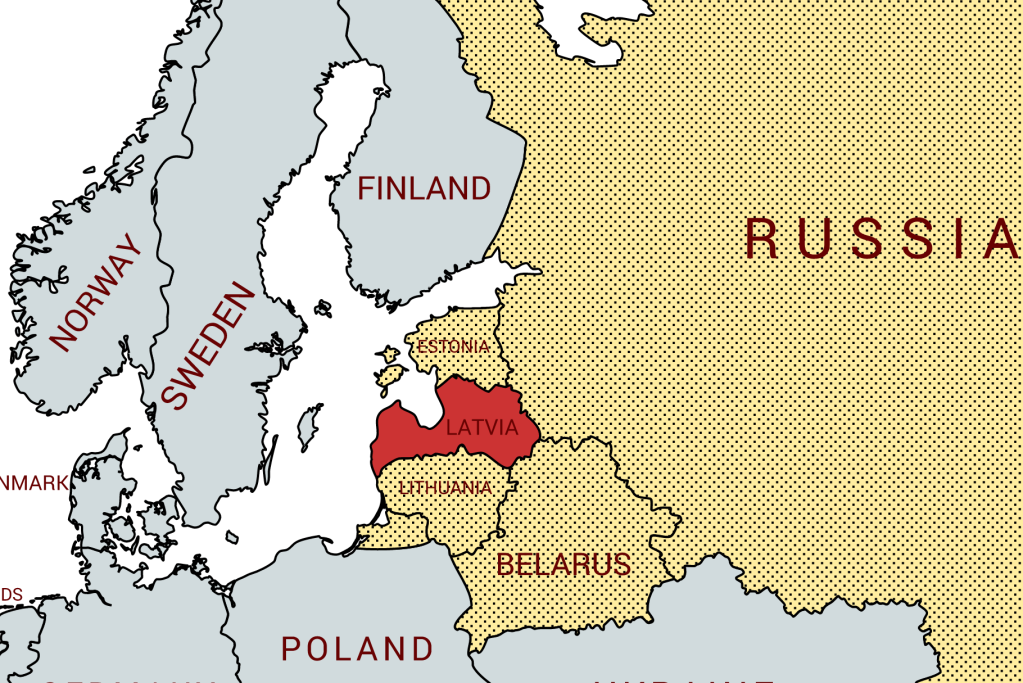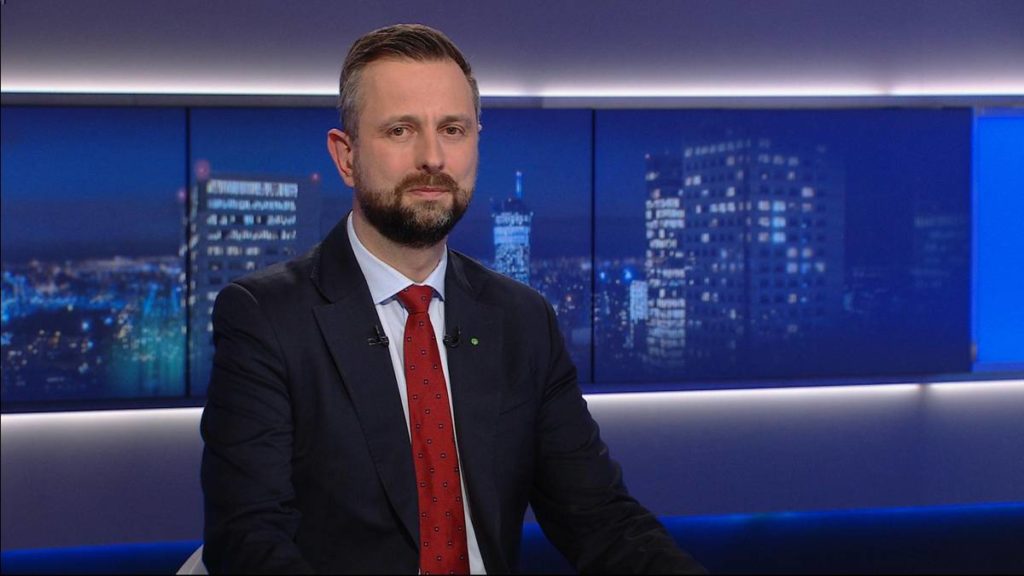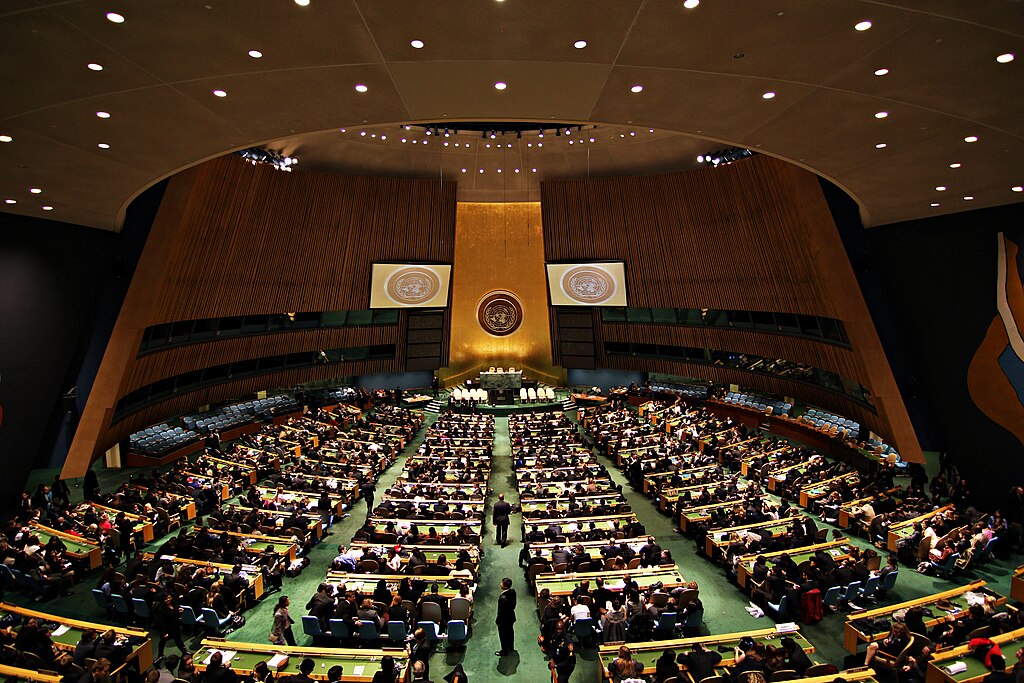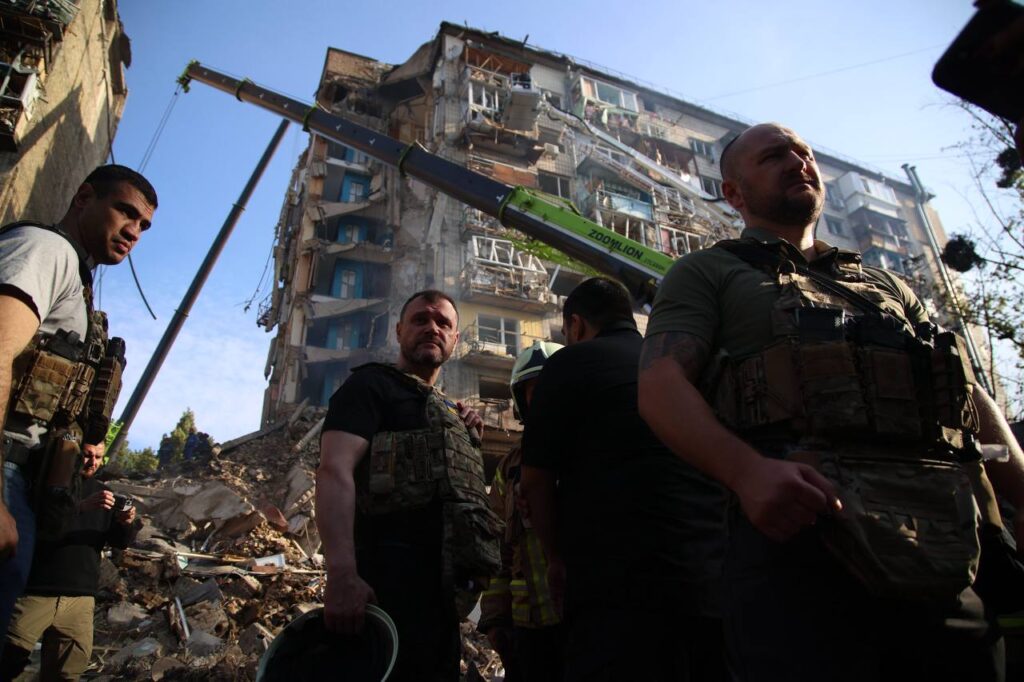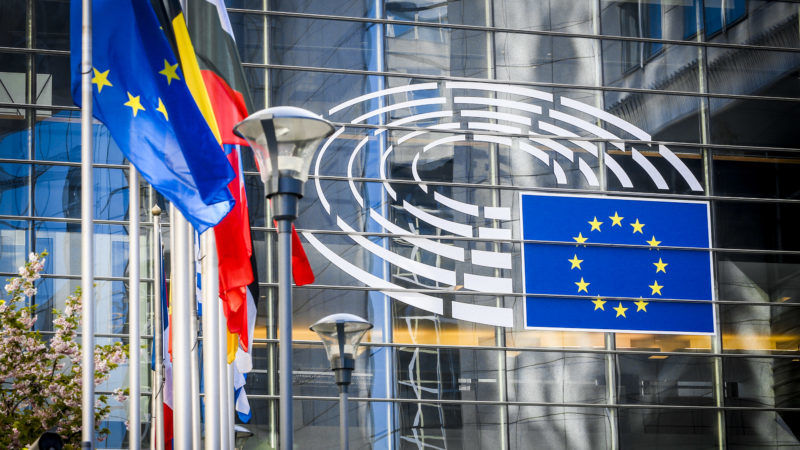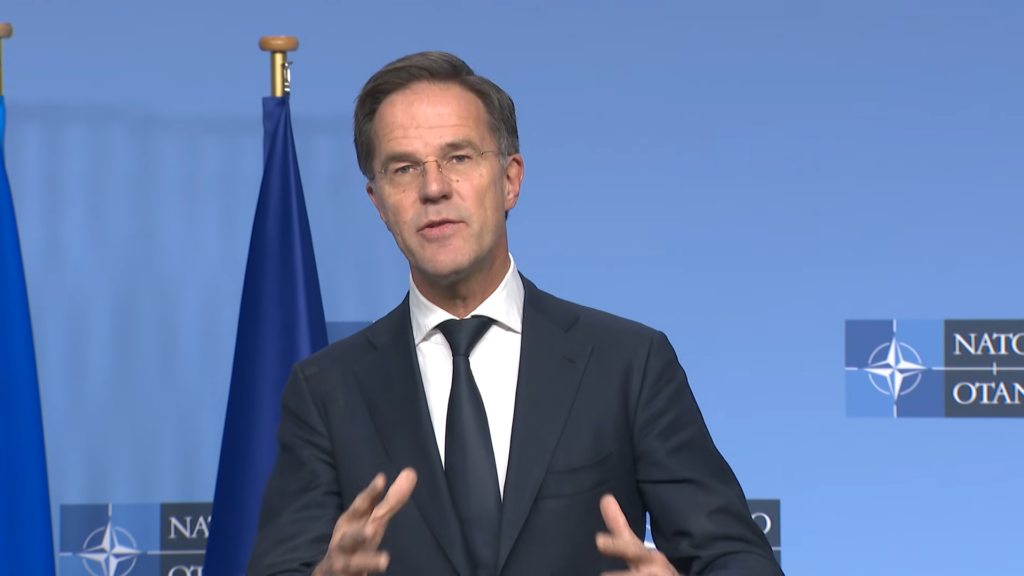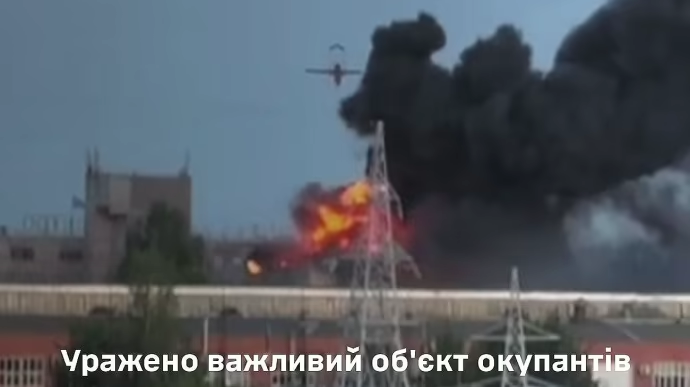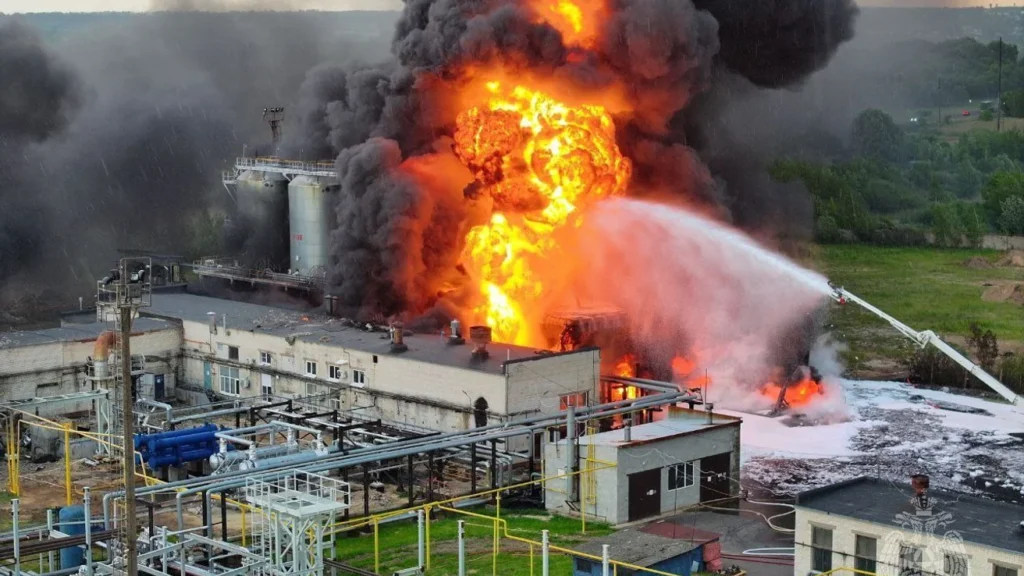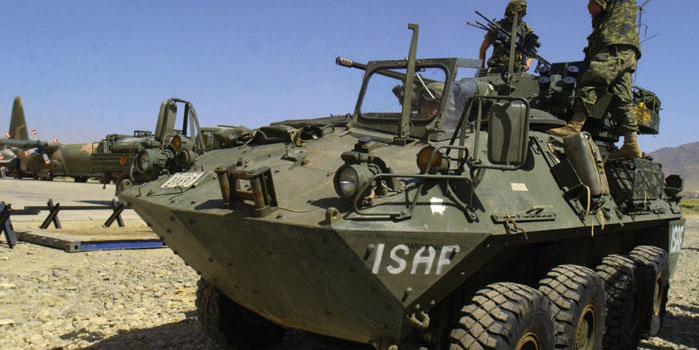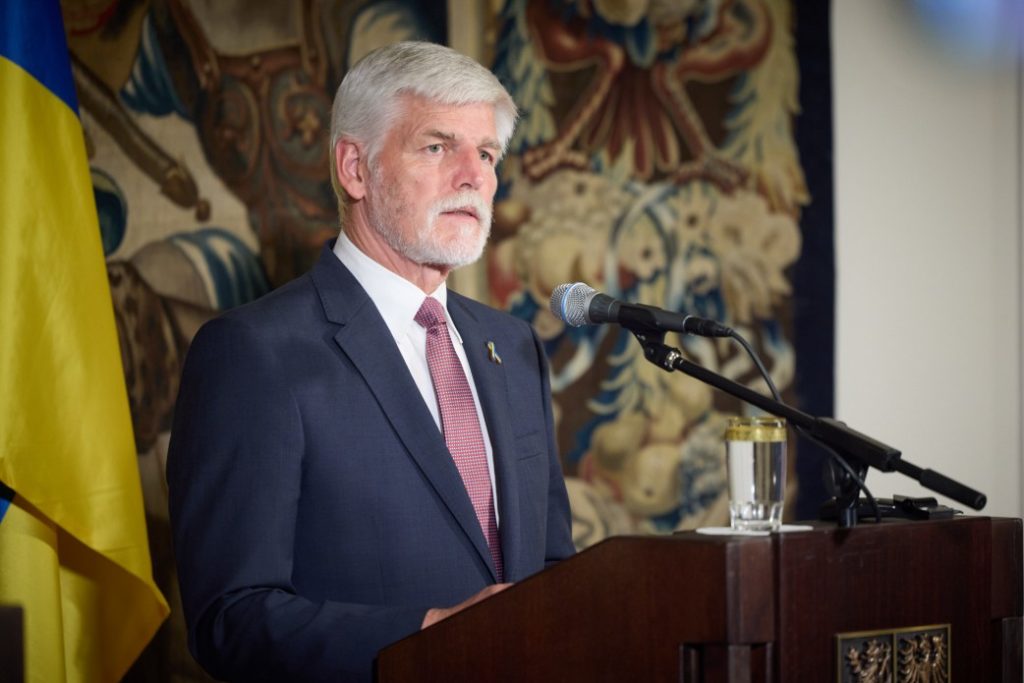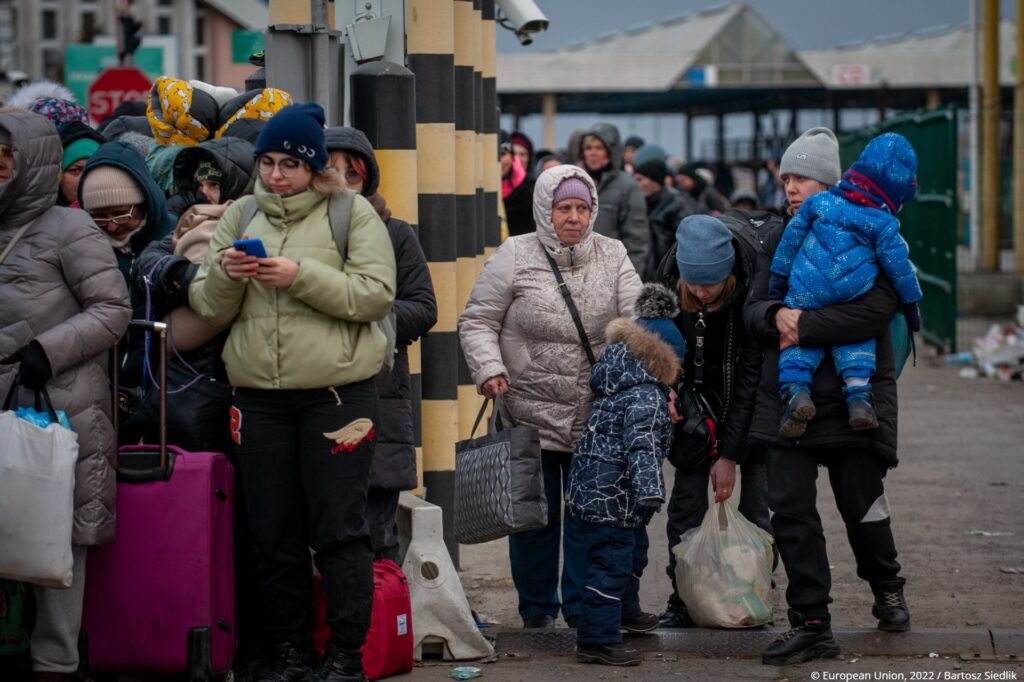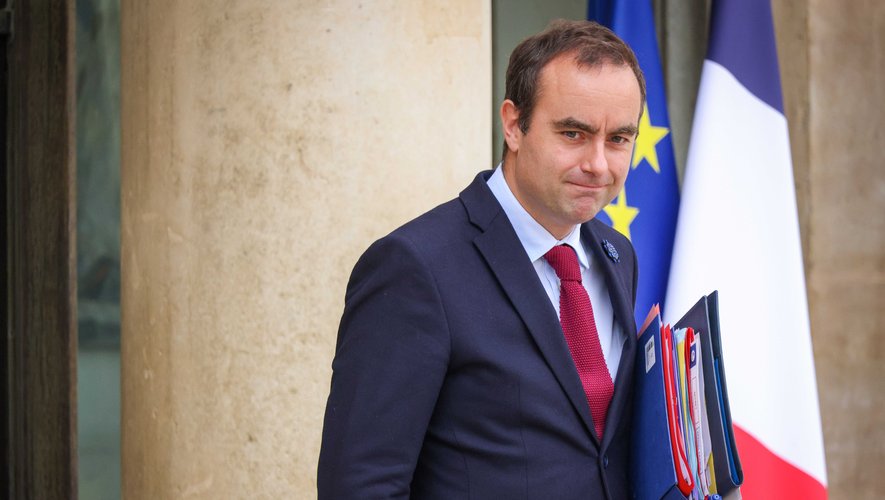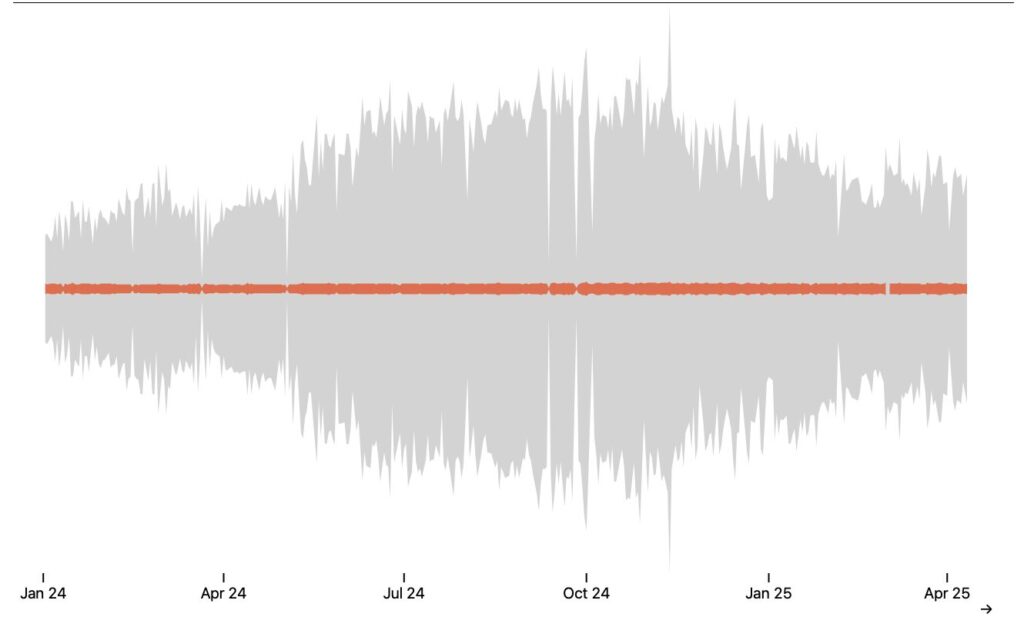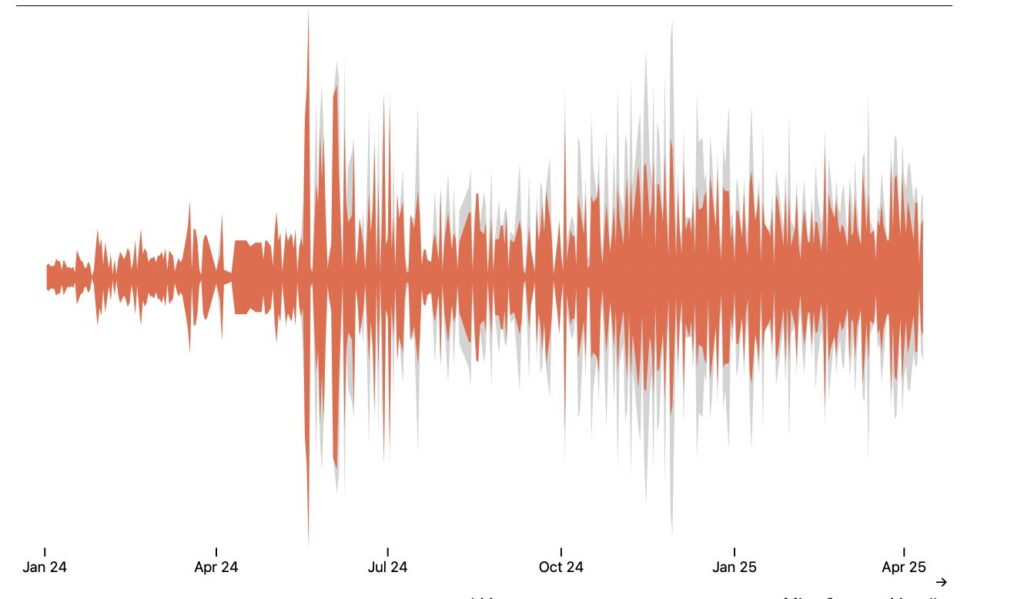
Vilnius University Hospital Santaros Clinics, located 50 kilometers from the EU’s external border with Belarus, is developing underground infrastructure, shelters, helicopter landing sites and autonomous systems to function without electricity or water supplies, according to Politico.
The hospital’s preparations mirror those across the region. Estonian authorities are procuring body armor for ambulance crews and satellite phones to maintain communications if traditional networks fail. Plans include generating an independent internet network if necessary.
“We know for certain that Russia targets the civilian infrastructure and energy structures, and that means that you cannot have these kinds of situations where the hospital doesn’t work because there are some power plant problems,” said Ragnar Vaiknemets, deputy director general of the Estonian Health Board.
Electrical generators are being installed across healthcare systems, following Ukraine’s experience with Russian strikes that routinely cut off civilian power. Many hospitals in Eastern Europe — built during the Soviet era — present particular vulnerabilities as large, high buildings concentrated in single complexes.
“I can’t imagine working on a top level … of the hospital just waiting to get hit,” Vaiknemets said, explaining plans to repurpose basements as operating theaters.
Capacity and supply challenges
European countries average 11.5 intensive care beds per 100,000 population, but wartime needs could require three to five times this capacity, according to Bjørn Guldvog, special adviser at the Norwegian Directorate of Health. Most facilities can sustain only 120-150 percent of normal surgical volume for 24 to 48 hours.
Estonia has allocated €25 million for mass casualty supplies, including orthopedic gear, tourniquets and trauma kits — “the only heavy investment we have made,” Health Minister Riina Sikkut said in February.
Latvia requires healthcare institutions to maintain a three-month supply of medicines, a policy established during Covid-19. “I have never thought that I would say thanks to Covid, but thanks to Covid … we found financial resources,” said Agnese Vaļuliene, health ministry state secretary.
The Baltic states’ proximity to potential front lines creates additional challenges for emergency supply storage. Jos Joosten, a medical adviser at the European External Action Service, said other EU countries must identify scarce resources for smaller nations and surrender some sovereignty to enable EU-level distribution decisions.
Workforce uncertainty
Staff shortages present a fundamental challenge for Baltic healthcare systems already stretched thin in peacetime. Estonia, with 1.3 million people, has nearly half the healthcare workforce per capita of Germany.
A Lithuanian survey found that over a quarter of health workers would likely flee during war, while fewer than 40 percent would stay and a third were unsure. Estonia anticipates similar patterns, with officials estimating 50-60 percent of the population don’t yet know how they would respond.
“There are patriots, the first responders, the people that we know without question will stay,” Vaiknemets said. “Of course, there are naysayers that talk about going to Spain straight away.”
Paramedic Noreikaitė signed a declaration committing to work if war breaks out in Lithuania, but acknowledged uncertainty about actual response rates. “But how it would really be — who would come and who wouldn’t — I don’t know. Personally, I don’t have children or a family yet, so I think I would stay,” she said.
Latvian pulmonologist Rūdolfs Vilde said some doctors were considering fleeing if war breaks out, especially parents who “don’t see how it would be suitable for them to ditch the children somewhere and be in the hospital in times of military crisis.”
Learning from Ukraine’s experience
Baltic medical professionals are traveling to Ukraine to observe firsthand how hospitals manage missile strikes, mass casualties and power outages. Vaiva Jankienė, a nurse who has volunteered over 20 times in Ukraine since April 2022, described the scale of injuries as “difficult to comprehend.”
“After the drone attacks, the consequences are hard to imagine,” Jankienė said. “Injuries like these,” she sighed, “every single medical professional who saw them said the same thing: We couldn’t have imagined it would look like this.”
While a trauma doctor in Lithuania might perform one amputation annually, Ukrainian hospital wards are filled with patients suffering amputations of multiple limbs plus other severe injuries. “We have very little experience treating such complex, multiple traumas,” she said.
Regional evacuation planning
The use of advanced weaponry in Ukraine — including long-range missiles and military drones — means the front line is no longer a fixed boundary. Attacks can reach targets hundreds of kilometers away, making evacuation plans essential for countries throughout the region.
Joosten warned that EU solidarity will be tested if conflicts escalate. “If Lithuania is overrun, who’s responsible for Lithuanians, because there’s no Lithuania anymore? But the European Union is (still there),” he said.
He urged EU institutions to create funds for handling civilian and military casualties, as well as displaced populations, noting that casualty numbers could dramatically exceed Ukraine’s experience. “Those 4,000 patients we moved away from Ukraine, that’s nothing, 4,000 in three years,” he said. “Let’s talk about 4,000 in two weeks, and then the next two weeks again.”
The preparations reflect a shift in mindset across NATO’s eastern flank. “It’s not a question of if [Russia] will attack,” Vaiknemets said. “It’s a question about when.”
As Lithuania’s deputy health minister Daniel Naumovas put it in February: “We have bad neighbors here: Russia and Belarus.” While all EU countries face similar challenges, some are “in the vanguard where the water is cold,” he said. “Water is splashing on our face; water of war.”
Read also:
You could close this page. Or you could join our community and help us produce more materials like this.
We keep our reporting open and accessible to everyone because we believe in the power of free information. This is why our small, cost-effective team depends on the support of readers like you to bring deliver timely news, quality analysis, and on-the-ground reports about Russia's war against Ukraine and Ukraine's struggle to build a democratic society.
A little bit goes a long way: for as little as the cost of one cup of coffee a month, you can help build bridges between Ukraine and the rest of the world, plus become a co-creator and vote for topics we should cover next.
Become a patron or see other ways to support.

